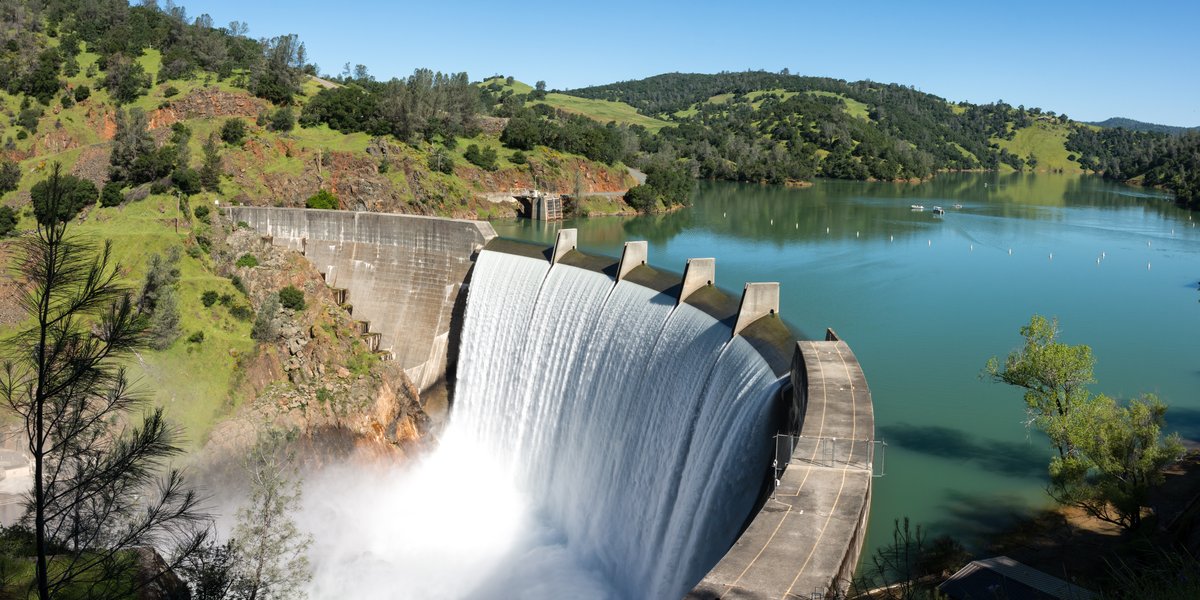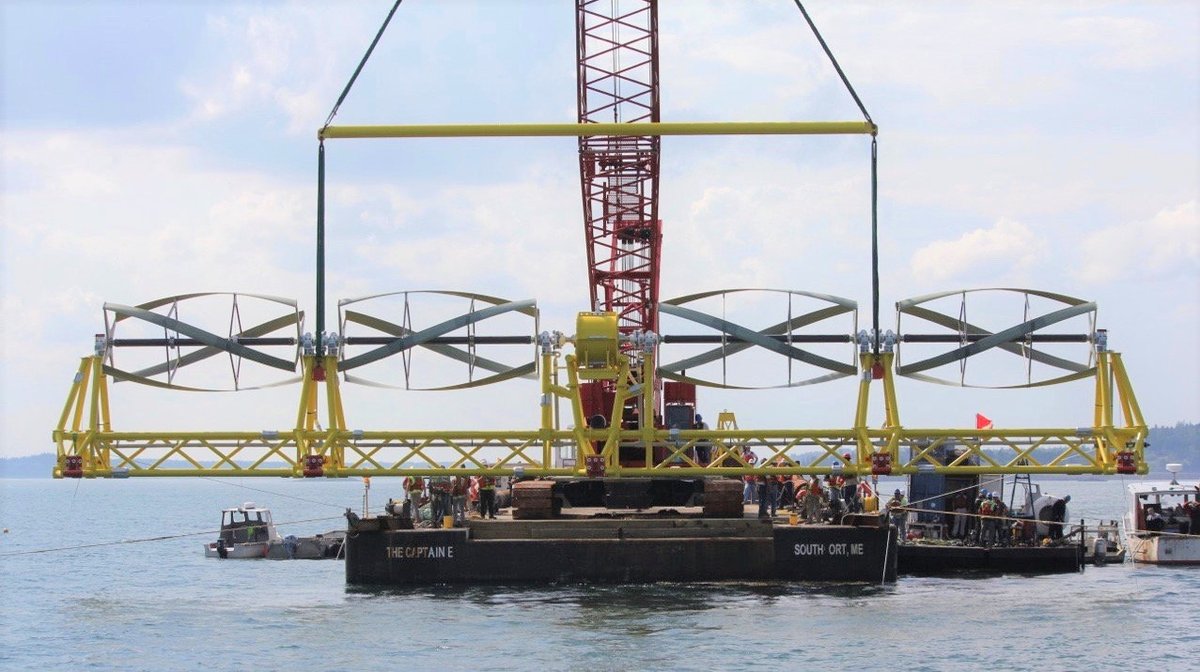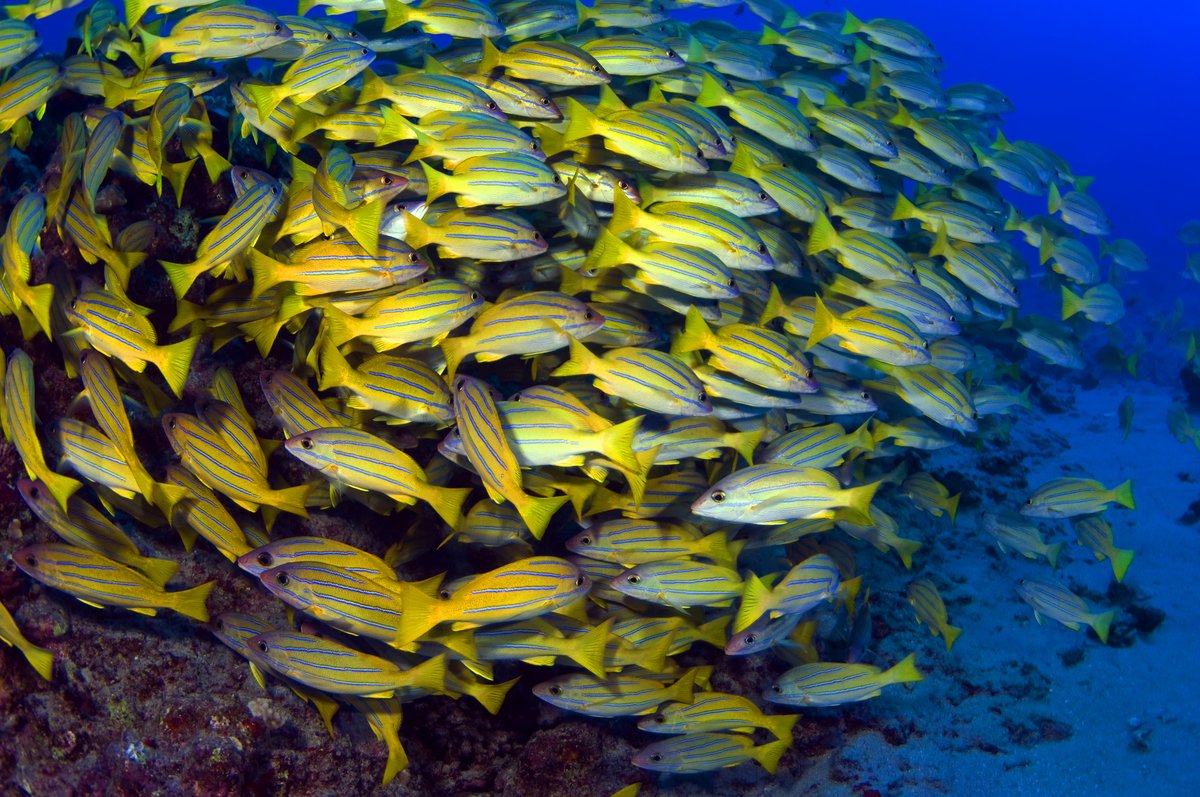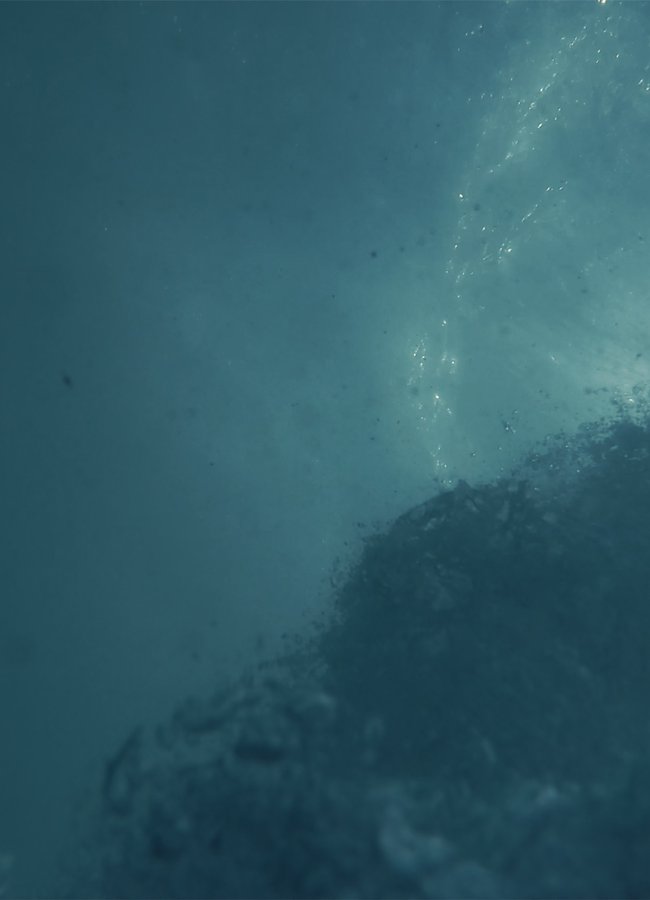View, analyze and process hydroacoustic data to support environmental assessments and monitoring of a variety of engineering and infrastructure projects, such as:
- Offshore wind
- Marine renewable energy
- Dams
- Hydropower
- Water infrastructure
- Clean ups
For each of these infrastructure and engineering projects, Echoview can be used for a multitude of project stages.

Baseline surveys
The interpretation of hydroacoustic data can be a significant part of stock assessment and ecosystem models that are developed before installation.
Periodic surveys can be analyzed using globally agreed methods which are quantitative, repeatable, and automated.
Using Echoview provides the assurance that the processing of hydroacoustic data is completed using published and peer-reviewed methods which are used around the globe by government agencies, universities, and commercially for quantitative outcomes.

Monitoring
Environmental monitoring programs are conducted at sites through the life of a project. Echoview facilitates the viewing, exploration, and quantitative analysis of hydroacoustic data for identifying and characterizing biological variables at sites.
Hydroacoustics can be used to understand biological components of monitoring programs focused on the detection of change in variables such as species diversity, size, composition, or abundance and biomass of monitored species. Quantitative outcomes allow you to make informed decisions in adaptive management.
Echoview can help you identify and monitor changes that are biologically relevant.

Fish biomass, behavior, and habitat mapping
Habitat mapping
Echosounder backscatter measurements of the bottom (whether seabed, lake bottom or riverbed) can provide information about the nature of that substrate (e.g. hard/soft, rough/smooth, sand/gravel etc.) and its bathymetry. Echoview is the most flexible, integrated, and transparent tool for bottom classification from single- and split-beam echosounder data.
Whether this information is used independently (unsupervised classification) or coupled with other environmental variables (supervised classification), Echoview provides a convenient and powerful way to objectively describe the bottom and help to understand its role as habitat for aquatic organisms.
Behavior
Echosounder and sonar data can provide unrivalled spatial and temporal information at the level of individuals (e.g. fish, krill, marine mammals), aggregations (e.g. schools, layers) and intervals (in space and/or time). Echoview provides a wealth of powerful yet easy-to-use tools, algorithms and operators for identifying and characterizing your acoustic data.
Echoview is the world’s most comprehensive, flexible and trusted tool for bioacoustic data processing. With the paradigm shift to an ecosystem-based approach to managing aquatic environments, Echoview provides you with robust behavioral and ecological metrics from your acoustic data.
Fish biomass
Stock assessments are critical for the management of marine and freshwater resources, and Echoview is designed for this purpose in close collaboration with the world's leading fisheries research institutes. Echoview provides an unrivalled wealth of powerful yet easy-to-use tools, algorithms, and operators for quantitative acoustics.

